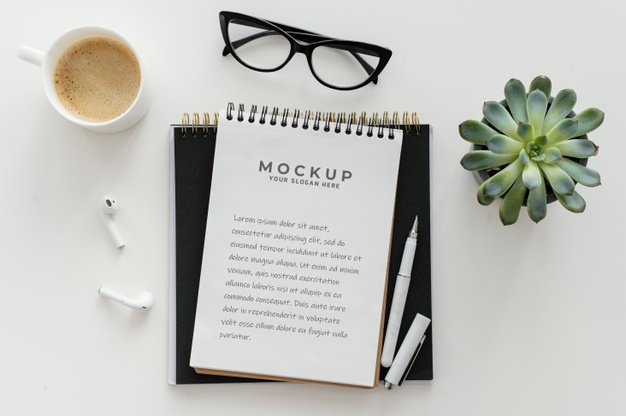language analysis help to write impressive 2022
If you are thinking about starting your assignments, essays, and articles, efficiently that time language analysis plays an essential factor. Your language speaks everything about your writing style and techniques and how authors convey thoughts through specific language. So, if you are also curious about what are the ways to do language analysis then let's move on further, and let’s evaluate the language analysis help you to make your writing exceptional.
Definitions of Language Analysis
Language analysis describes how the authors convey their thoughts and ideas through language techniques, i.e., figures of speech, sentence structure, tone, word choice, etc. If you also find yourself worried in writing a language analysis assignment then no need to worry anymore, we will discuss all the important elements in the language analysis in other steps. Hence, these below-listed steps will definitely help you to analyze things better.
Essential characteristics in language analysis –
• Author
• Text type
• Publication
• Audience
• Convey the author’s thoughts with tone
• Argument reassuring statement
• Winning Titles
• Persuasive technique
• Emphasize things with Visuals
• Express write-ups with technique
Elementary Language techniques –
Metaphor –
Metaphor is one of the best and most interesting features of language analysis. Metaphors illustrate the situation in reference to something else. This is the type of indirect differentiation. Analogies as define us that one thing is another thing.
Simile -
The most important key characteristic of language analysis is the use of symbols and images in the writing. A simile is an estimation of one thing to another.
Alliteration –
When we use any words in our writing that have the exact syllable and similar sounds at the beginning of the pronunciation, like “betty bought better butter” you call it alliteration. It is a poetic device for creating a series of words that starts with the exact consonant sound.
Onomatopoeia –
Onomatopoeia are words that give the impression of making a sound like a splash, spray, sprinkle, drizzle, bang, etc., when we pronounce these words we can effortlessly feel the sound.
Personification-
This is the comparison where a non-human thing is defined in terms of humans.
Important language analysis techniques –
Language analysis is a very useful skill. It is very crucial to be successful in many academic and full college courses. An exceptional language analysis report displays a lot about the writer. Such reports delivered detailed analysis to the reader. So, let’s analyze the technique used for language analysis –
To understand the structure-
• Identify the purpose of language techniques.
• Then, know the methodology of language analysis.
Review thoroughly –
• Read the content thoroughly and prepare the notes.
• Highlight the key passage which helps you to specify the main elements which you want to use in your writing.
• Identify the strong will and thoughts of the writer.
Recognize the linguistic use –
• Specify the current status and analyze it,
• Be careful towards word choice.
• See analytical executions in the text.
• Check out and analyze the metaphors.
Write your Analysis –
• Complete the thesis arguments.
• Design a brief introduction to write a good start to your thesis.
• Now, write the primary body of the paper.
• Lastly, analyze the conclusion of your thesis.
Conclude the traces –
• Thoroughly check your write-ups.
• Analyze your work to make sure they are free from any grammatical or factual errors
• Lastly, check the structure and formation of the paper.




Comments
Post a Comment